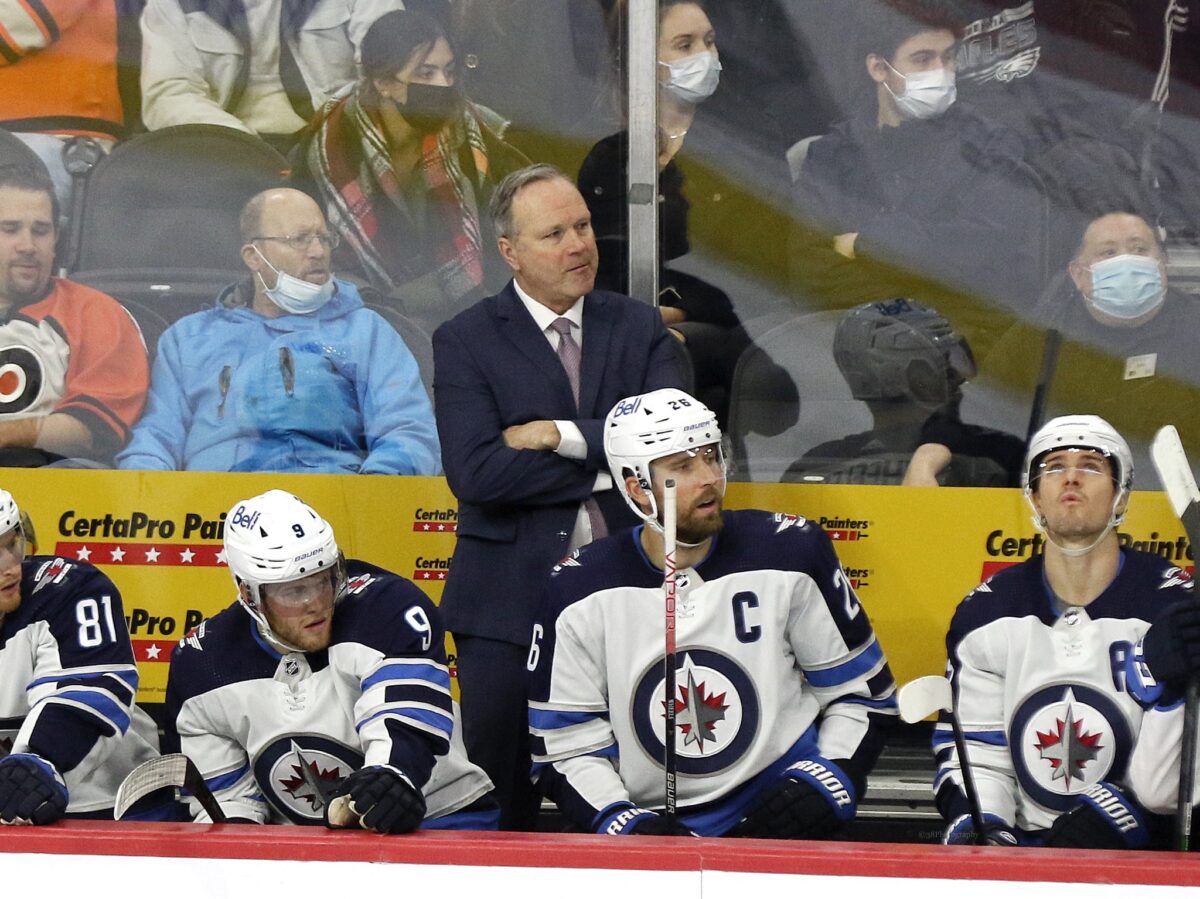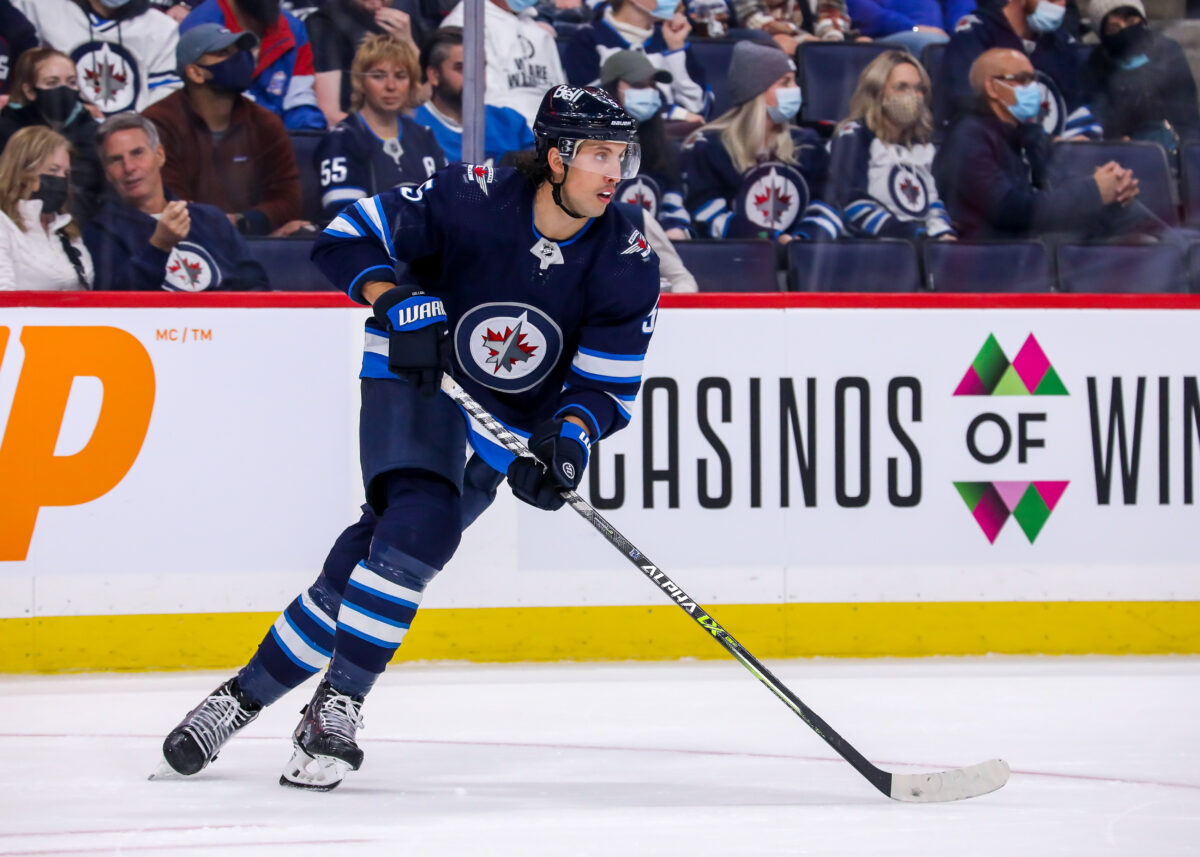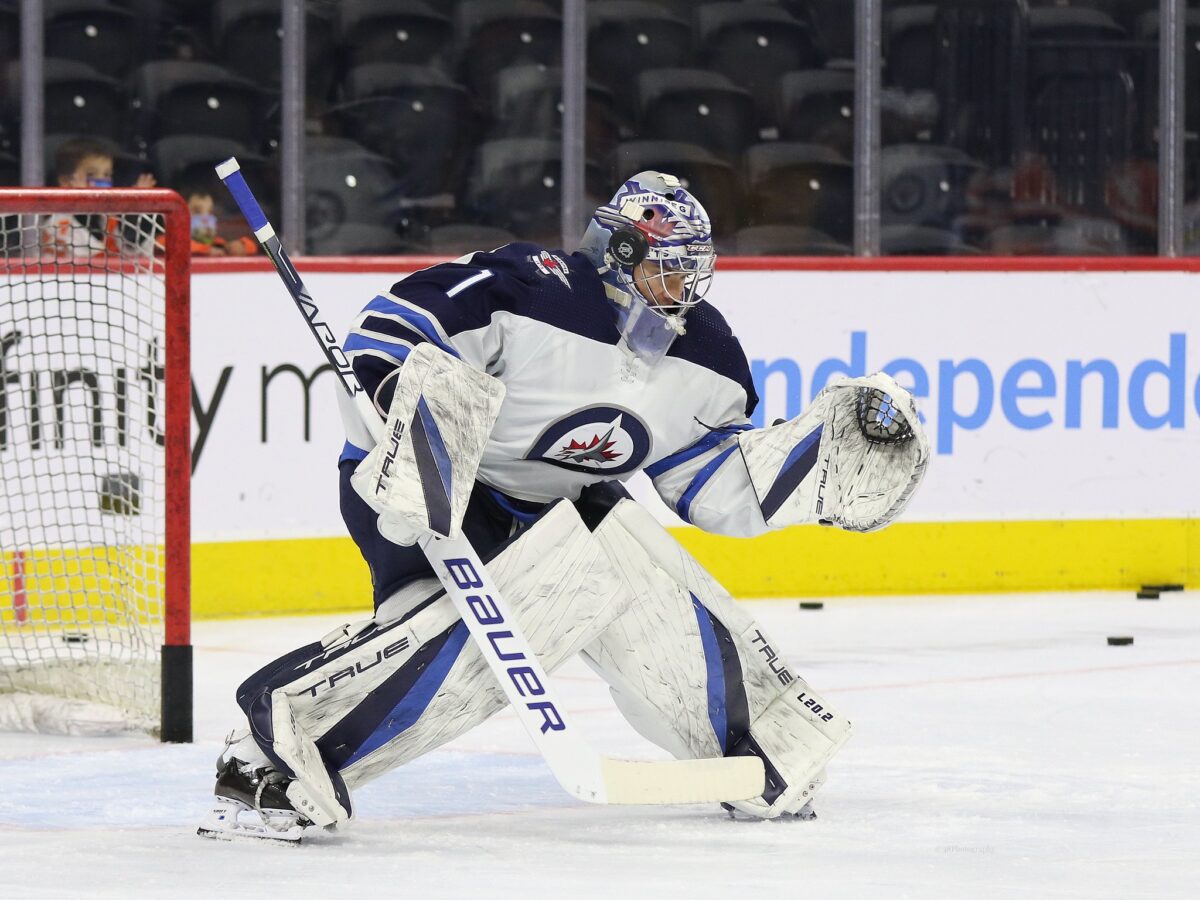Last season, the Winnipeg Jets were mired in defensive problems. It wasn’t a secret nor something they tried to hide, and in the offseason, GM Kevin Cheveldayoff acquired Nate Schmidt and Brenden Dillon to shore up the backend, and all was to be fine. Most prognosticators expected the Jets to finish second in the Central Division and be one of the teams with the potential to make a deep run in the NHL playoffs.

The likelihood of that happening now is remote at best, as the Jets have dug themselves in the proverbial hole that few teams can climb out from. It’s not that making the playoffs is impossible for the Jets, just very unlikely. But has the defense done its job, and what has this season illustrated that the Jets can take to improve into the future? Because if you sort through the debris that has been the first half of the season, the team is actually struggling for reasons other than the play of its defense.
Defence Has Not Been the Problem
The Jets’ defence in the past couple of seasons has been its Achilles’ heel. Although their numbers are not jumping off the page this year, they have been at least respectable and somewhat of an improvement. If you look at the Central Division, their defensive numbers are pretty good. According to NHL.com, The Jets have allowed 124 goals this season. Compared to division leader and serious Stanley Cup contender, the Colorado Avalanche, who are running away from the pack in the Central, has allowed 130, which is proportionate. The Nashville Predators and Minnesota Wild have allowed 127 and 119 goals, respectively, putting the Jets right in the mix with the top three teams in their division.

(Photo by Darcy Finley/NHLI via Getty Images)
For the first time since the 2015-16 season, the Jets have given up fewer shots on nets than they have taken at the opponent. That is a subtle but significant stat as it shows they have controlled the play in their own end better and are moving the puck out of harm’s way more consistently. They are currently allowing 29.5 shots on goal per game, compared to the Avalanche, who are giving up 32.3 shots per game. Yet the team from Denver is 25 points ahead of them in the standings. This indicates the problems are less obvious than blaming the defence because it has improved. It hasn’t reached legendary status by any means, but they are holding their own.
Asked about Josh Morrissey’s strong season, Cheveldayoff praises Morrissey — calls him one of Winnipeg’s top players — while also spending time talking about the team’s commitment to personal well-being.
— Murat Ates (@WPGMurat) February 9, 2022
/fin.
The acquisition of Schmidt and Dillon has made a difference, but the Jets’ most consistent blueliner has been Josh Morrissey. He has bounced back nicely from last season and again has established himself as the club’s “go-to” defenseman. The interesting thing about the defence has been with COVID protocols, the team has had to call up and inject Manitoba Moose defensemen from their American Hockey League affiliate, and for the most part, they have done a good job. Ville Heinola, Dylan Samberg, Declan Chisholm, and Johnny Kovacevic are all players you can expect to see in the NHL in the future. Being much cheaper options for the club, it’ll be interesting to see how the Jets look to restructure their salary cap issues with some of these players who have demonstrated they can play a role on an NHL club.
Penalty Kill Has Not been the Problem
Since the departure of former head coach Paul Maurice the Jets’ penalty kill, which was atrocious, has regained some respectability under interim coach Dave Lowry. Before Maurice’s resignation in December, the Jets were giving up power-play goals like Santa was handing out candy canes. Up to that point, the Jets’ opponents were scoring on 32% of their power-play opportunities, which is roughly a goal every third power play. Since Lowry has taken over as bench boss, that number has been cut in half to 16%, having given up only seven power-play goals in the last two months.
The new, more aggressive play when shorthanded has shown to be effective and again is not the reason the Jets find themselves on the outside looking in. When Lowry took over, the Jets were three points out of a playoff spot, now they are 10 points out of that position, so what is the issue?
There are Two Problems that Need Rectifying
Connor Hellebuyck has been and still is one of the best goaltenders on the planet. But he has had a less than Hellebuyck-type season. He hasn’t been bad, but he hasn’t been stellar as he has been in the past few seasons. In his defense, he has been overworked, coming off a recent stretch where he started in 13 consecutive games and has made some mental errors that have cost the team some momentum and potential points. His giveaway against the Pittsburgh Penguins allowed them to score twice in nine seconds in the third period and tie a game, the Jets lost in a shootout. That was a game the Jets controlled for all but nine seconds and ended up losing.
Related: Jets’ Revised Schedule Makes February a Crucial Month
The Jets will have to rely on backup Eric Comrie, who by all standards has done everything asked of him. With a goals-against average of 2.34 and a save percentage of .920, which are better statistics than Hellebuyck, for the Jets to make a playoff run, they are going to have to trust Comrie to do the job and allow the starter a break or two as they head into a stretch where they play 39 games in 78 days.

The Jets are not in this predicament due to the defence of the team but rather the offense. While they have allowed about the same number of goals as their divisional rivals, they have significantly fewer. To the tune of 60 fewer than Colorado and 36 less than Minnesota. That is a goal per game, and in a season where the Jets are averaging under three goals a game, that is a fatal statistic. For the Jets to salvage anything from this disappointing season, they will have to figure out how to put the puck in the net more often and more consistently.
Kyle Connor, Pierre-Luc Dubois, and Andrew Copp have all been relatively consistent, especially the first two. But other than that, the Jets lack any significant scoring punch. Cole Perfetti has blended in well with Dubois and Connor, while Copp has been with Mark Scheifele and Blake Wheeler. This line needs to pick it up. Scheifele has been okay, but his lack of attention to defensive duties has made him a liability at times, and Wheeler is having a serious off-season, and his age is starting to play a role in that.
Adam Lowry has scored three goals all season and needs to be replaced as the third line center. Nikolaj Ehlers has been out of action and looks to return soon. Put him on a line with Copp and Scheifele and drop Wheeler to the third line centered by Paul Statsny, who has produced well thus far, and the Jet will have a more balanced attack and three lines that would be a threat instead of the current one-and-a-half. And highly touted Kristian Vesalainen has been almost non-existent this season with three points in 39 games. It’s time for the Jets to make a move on him and others as they shuffle and look to shore up their four lines that they willingly self-promoted as elite in training camp.
